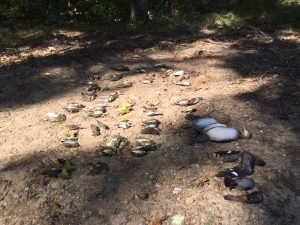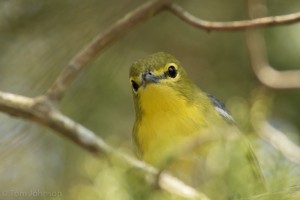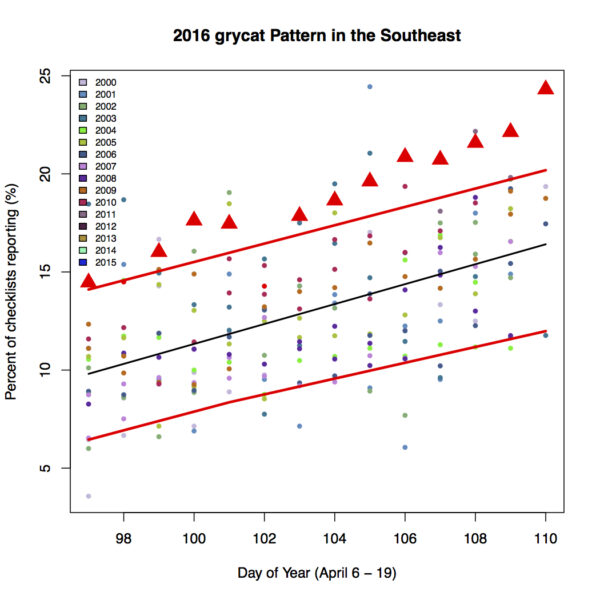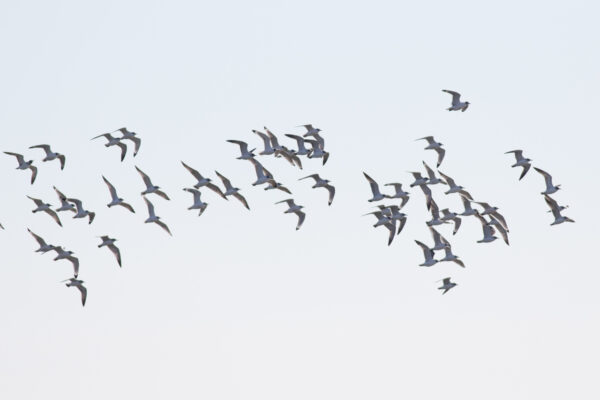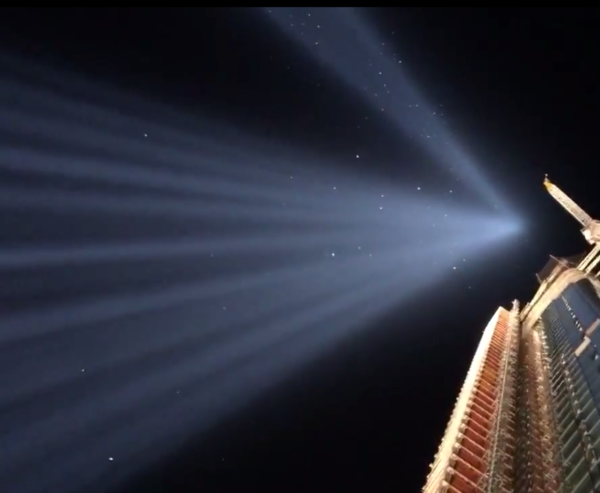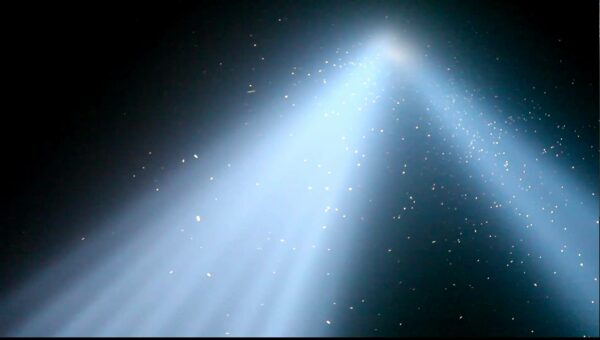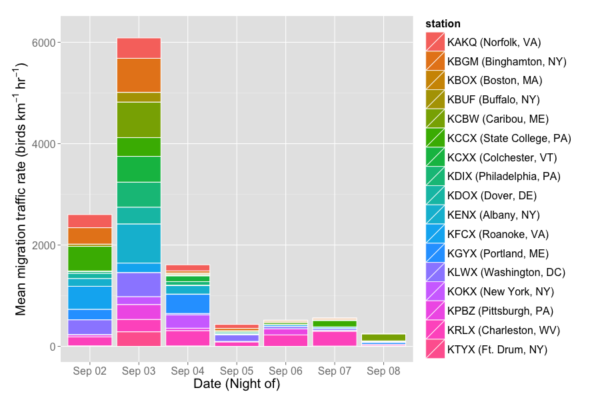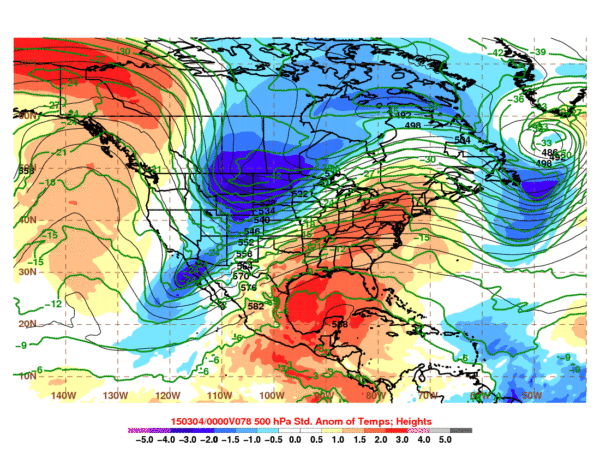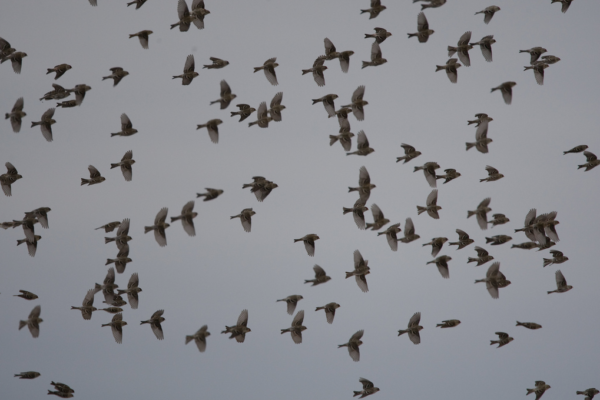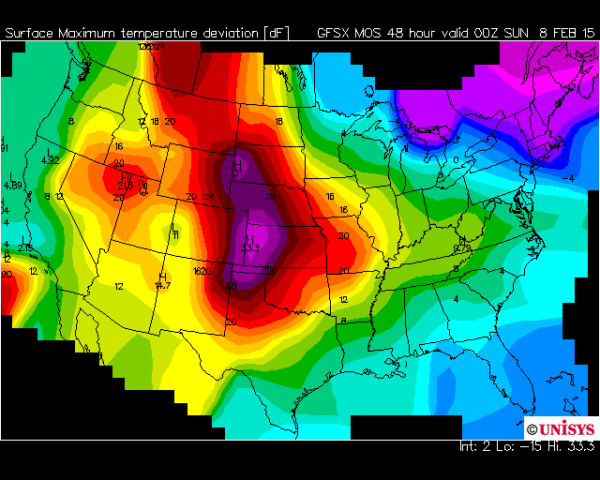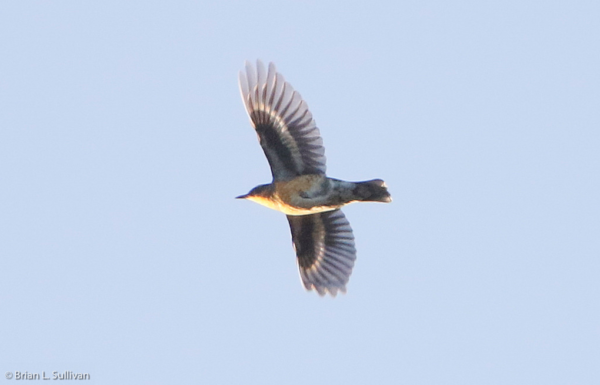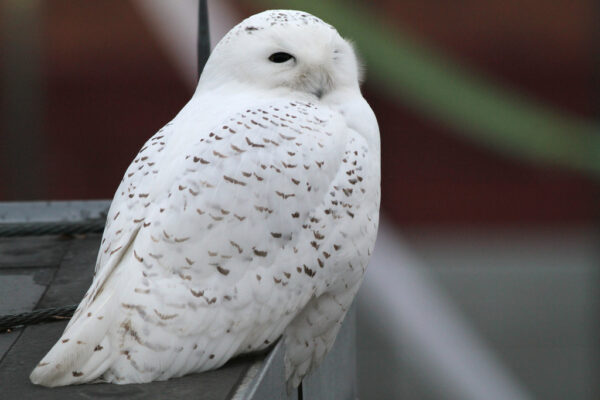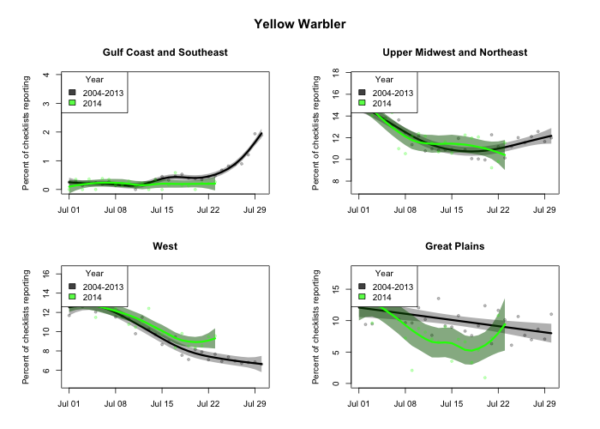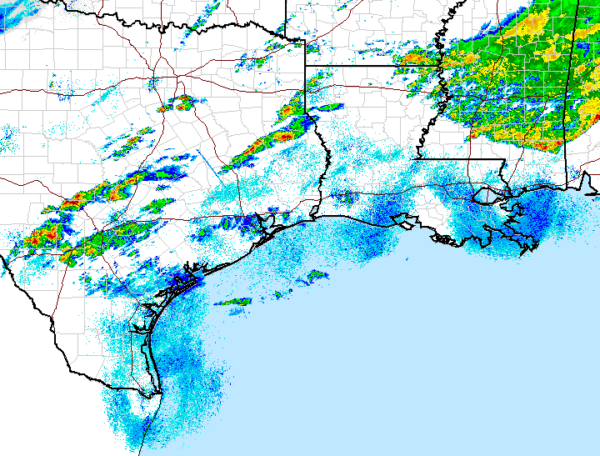News: Uncategorized
Team BirdCast would like to highlight one of the more unfortunate aspects of the study of nocturnal bird migration. Bird mortality at and near areas of strong artificial illumination has been well documented at numerous locations around the world with the spread of electricity and associated technologies since the mid to late 19th century. We call your attention to […] Read more...
For those in the greater New York City metropolitan area, September 11th 2016 brought the return of the Tribute in Light Memorial. The powerful, side-by-side beams of light aimed skyward were, first and foremost, a somber tribute to lives lost on September 11th 2001; but, as in past years, the event also provide a rare opportunity to witness, […] Read more...
When birders in Cape May awoke on Monday morning, an interesting pattern was emerging (interesting is the norm in Cape May!). Numerous observers reported that numbers of migrants had arrived during and after the night and were still coming ashore from the Atlantic Ocean. The first real pulse of arrivals of this spring for a number of species had clearly occurred in Cape May. The combination of on the ground reports from eBird, nightly northeastern US radar data processing with BirdCast algorithms, and the excitement of spring arrivals inspired Team BirdCast to look a bit more closely at the events leading up to this movement. Read more...
Team BirdCast has been experimenting with ways to detect changes in bird distributions as they are occurring. With the help of two talented Cornell undergraduates, Alex Wiebe and Benjamin Van Doren, who are leading the charge, we introduce the BirdCast Anomaly Detector. To detect unusual events–such as the beginnings of a Snowy Owl invasion, or […] Read more...
We posted previously on the exceptional movements of Franklin’s Gulls and Cave Swallows that occurred around 13 November 2015. The first post set the stage for how these species appeared so far out of range, and we follow with this post about some rumination about why this event took place. Here, we consider the combined effects […] Read more...
November 13 saw an epic Franklin’s Gull and Cave Swallow flight to the East Coast of the United States, the likes of which have not been previously recorded. Here, we describe in the first of a three part series how and why this unprecedented event occurred. Read more...
BirdCast predicted a large movement of birds in the greater New York City area on 11-12 September: first, nearly a week has passed of summer-like conditions in the greater New York City metropolitan area, preventing most exodus of migrants that is typical under more favorable conditions; second, a moderate to heavy flight of birds occurred in the periphery of upstate New York and parts of New England last night, indicating a number of birds in the immediate vicinities of the New York City metropolitan area (the image above shows some of these movements, and you can visit our analysis to read more about these flights); and finally, and most important, conditions were favorable for migration this evening, with northerly winds, clear skies, and substantially cooler temperatures than the past week. Read more...
Heavy migration is currently blanketing much of the eastern half of the United States, especially in the midwest, southern Plains, and eastern seaboard. Many birds are currently visible in the Tribute in Light memorial in New York City. Read more...
For those in the greater New York City metropolitan area, the coming night brings the return of the Tribute in Light Memorial. The powerful, side-by-side beams of light aimed skyward are first and foremost a somber tribute to the lives lost on September 11th 2001; but they also provide a rare opportunity to see nocturnal bird […] Read more...
At BirdCast, we’ve been working towards real-time analyses of bird migration. We’re excited to bring to the web site next-day analyses of bird migration in the northeast United States, made possible by the National Weather Service’s network of Doppler weather radars and some recently published research by the BirdCast team. We’ve been tracking migration in the region closely […] Read more...
After a long and cold go of it in many parts of the eastern US in the past weeks, the prospect for warmer weather, even if ephemeral, is almost certain lighten many moods. So too might it provide a kickstart to early spring migrants that can and often do respond to the rapid onset of […] Read more...
Every year for the last 15 years, Ron Pittaway of Ontario Field Ornithologists publishes a forecast for the movements of winter finches in the upcoming winter. Team BirdCast loves this. This forecast focuses specifically on the movements of Ontario populations of these species, but many across Canada and the northern US apply the forecast to their areas. Ron graciously allowed the […] Read more...
In March 2012 much of the eastern US experience anomalously warm temperatures in March that correlated with record early arrivals of migrants. This weekend, across some of the central US and much of the western US, anomalously warm temperatures are forecast. The image below from The Weather Channel highlights the likelihoods of above average temperatures. The image below […] Read more...
Team BirdCast wrote in November 2014 about Varied Thrush movements in the western US. Since November, the actual movements (or at least visible movements like morning flights) of these thrushes may have dwindled, but the birds – in terms of where they ended up after fall movements and are at present – are still highly visible. The […] Read more...
Last year’s Great Lakes’ ice cover generated many waterbird headlines among birders (and beyond). Some of the feature players in those movements were scoters and grebes, in particular White-winged Scoter and Red-necked Grebe. Team BirdCast spent some time discussing the movements of these species in relation to extensive ice cover. The images below show some indication of […] Read more...
Snowy Owls staged a major invasion last year, one that was covered far and wide by birders and the news media alike. Check out this great album from Ryan Schain of Snowy Owl candids! This irruption was most likely related to an abundance of rodents in and around northern Quebec that helped Snowy Owl pairs produce large numbers of […] Read more...
As Christmas Bird Count (CBC) season arrives, more birders will be on the move than usual. Among the many possibilities for excitement are a few stories that we have been and are watching at BirdCast. Snowy Owl staged a major invasion last year, and this species is again on the move this fall. See this […] Read more...
This fall has seen some quite large movements of Varied Thrushes in California and across the West – birders around the region have been reporting larger (and larger than normal) flights of birds for a number of weeks. Some of these movements have been large, including this recent report of the species in morning flight at Point […] Read more...
Although most of the US is firmly in the midst of typical summer conditions, fall migration is already under way for many species. BirdCast will begin its weekly series of forecast and analysis and species on the move in early August, but there are changes a foot now to discuss! And migrants to see, so get […] Read more...
As forecast last week, a frontal boundary is approaching the Texas and Louisiana coasts this morning. The map below shows the current conditions in Texas and along the Gulf Coast. Note that barbs and wind flags represent the direction from which winds are blowing, and the blue line with triangles is the boundary between warm and […] Read more...

